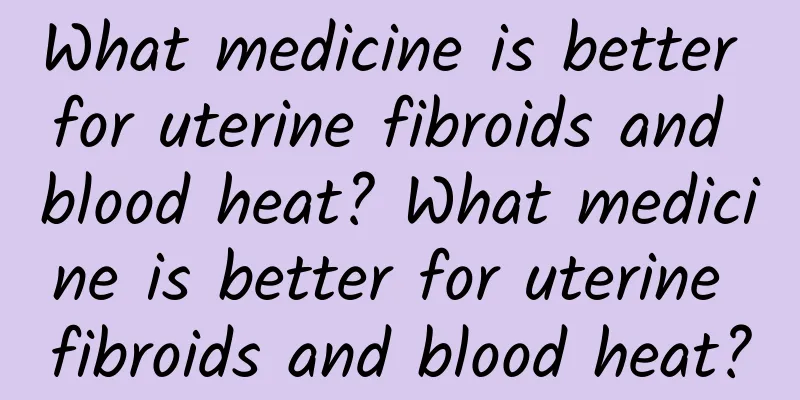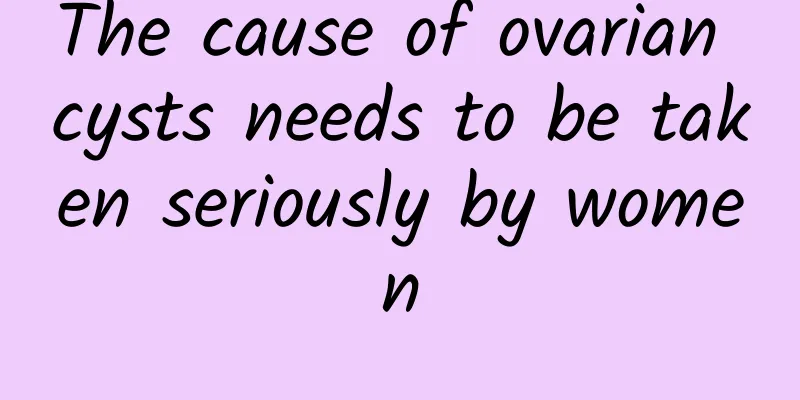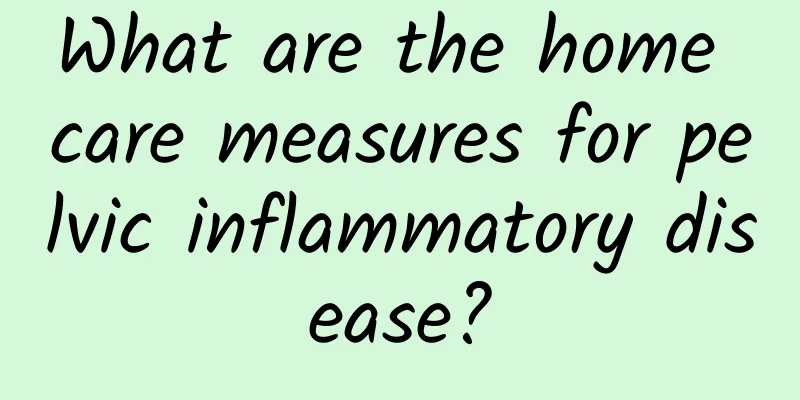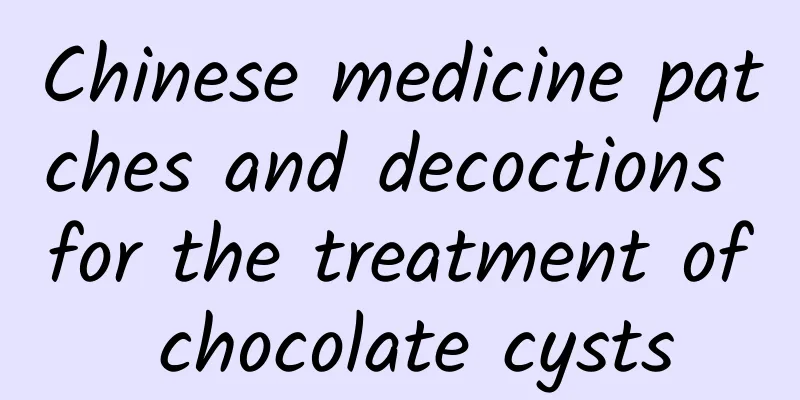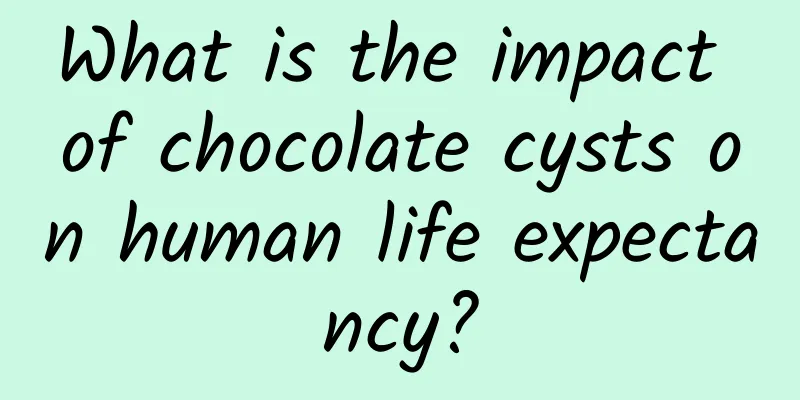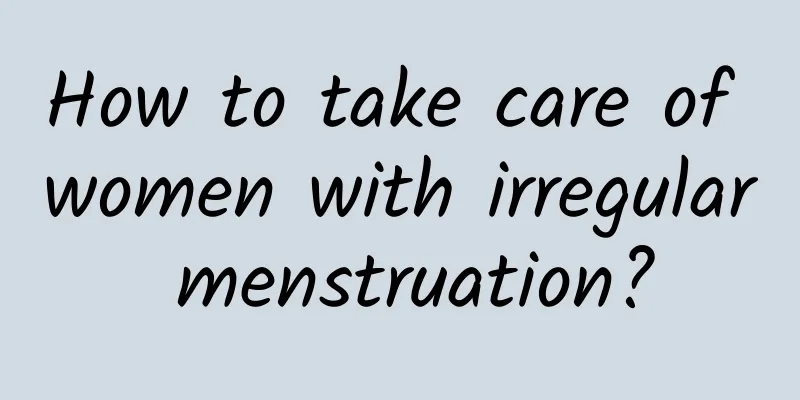What to do if you have uterine fibroids? Surgical treatment of uterine fibroids
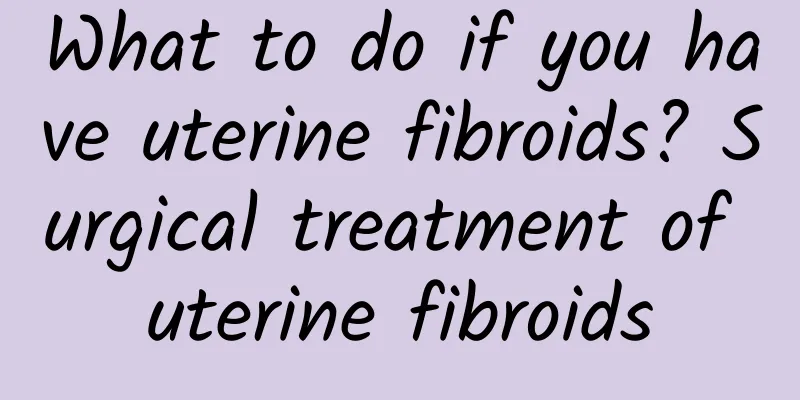
|
As for uterine fibroids, we all know that the incidence of this disease is relatively high in real life, which not only troubles women's emotions, but also harms their health and brings them pain. So what is the surgical treatment method for uterine fibroids? Let's take a look. Surgery Under normal circumstances, the intersection of the uterine artery and the ureter is located at the level of 1 cm next to the internal cervical opening. However, when there are multiple myomas, especially in the lower part of the uterus, cervical myomas grow to the broad ligament, their anatomical position may be changed, and even the ureter may grow from the front or side wall of the tumor. Therefore, in the above case, the ureter should be found from the posterior leaf of the broad ligament, and its fall should be confirmed along its direction to avoid surgery and accidental injury. Hysterectomy: Pull the uterus out of the pelvis, bring the fingers close to the cervix, push the bladder again to the level of 1~2cm below the external cervical opening, and push it sideways 1cm away from the cervix to cut the anterior vaginal wall to avoid damaging the bladder and ureter; and push the loose connective tissue under the peritoneum between the ends of the uterosacral ligaments on both sides out of the rectum to 2cm below the external cervical opening. Expose the posterior vaginal vault to prevent injury to the rectum when cutting the posterior vaginal wall. Touch the external cervical opening with two fingers to check whether the degree of freedom is sufficient, fill the area around the cervix with dry gauze to prevent vaginal secretions from contaminating the abdominal cavity, and cut the anterior and posterior vaginal vaults until purple-blue or coffee-colored mucus flows out. Clamp the wall tissue on both sides of the vagina, including the vaginal artery, with two curved vascular clamps, and then use the curved tissue to cut the vaginal wall along the vaginal vault around the anterior and posterior lips of the cervix until the uterus is completely free. Simple abdominal hysterectomy: Improved conventional abdominal hysterectomy, with the advantages of simple operation, fast speed, less intraoperative bleeding, less damage, fast recovery, postoperative adnexal and vaginal prolapse (the adnexal is sutured to the round ligament stump and the adnexal is fixed to the round ligament), beautiful wound and short hospitalization time. Mini-abdominal hysterectomy: This operation is a slight improvement on the traditional abdominal hysterectomy in recent years. Mini-incision means that the length of the skin incision (longitudinal or transverse) is ≤6cm, the length of the fascia incision is greater than the skin incision, about 1~3cm at each end, and the Z-shaped parauterine tissue clamp is placed on the abdominal wall outside the uterus to remove the uterus. It is suitable for patients who are not obese and have good uterine activity, ≤12 weeks of pregnancy, and have one or more of the following conditions; vaginal hysterectomy is anatomically not feasible and adnexectomy is required. Extra-abdominal cervical conization hysterectomy: Its advantages are to further simplify the surgical steps, reduce surgical trauma, preserve the external cervical ring, and maintain the functions of the sacral ligament and main ligament. This method is different from the total hysterectomy with cervical fascia, which must cut the cervical ligament, damage the normal structure of the pelvic floor, and cannot leave the cervix. The operation does not damage the normal structure of the pelvic floor, not only significantly reduces ureteral damage, but also preserves the integrity and posterior round depth of the vagina, avoiding the phenomenon of vaginal shortening of more than 4cm in traditional surgery, which can prevent the occurrence of stump cancer and achieve the purpose of psychologically and physiologically retaining the cervix for patients. Suture the inherent ovarian ligament, round ligament and fallopian tube isthmus together, so that the appendages are suspended at the residual end of the round ligament to avoid chronic pelvic pain caused by ovarian pelvic floor prolapse. The residual end of the external cervical ring and its fascia side suture method are used to make the main ligaments on both sides close to the bridge structure, suspend the cervix and vagina, and prevent prolapse. The treatment of uterine ligaments and blood vessels is simpler, safer and more reliable than traditional methods. Vaginal hysterectomy: Vaginal hysterectomy is performed vaginally without abdominal interference, which can reduce pelvic and abdominal contamination. Patients recover quickly and have a shorter hospital stay. Vaginal surgery has a small field of view and limited exposure during surgery. The surgery is not as active as abdominal surgery and is prone to damage to the bladder, rectum and ureter. New concept of vaginal hysterectomy: Traditional TVH indications are mostly limited to parturients; uterus ≤ 12 weeks of gestation; uterine prolapse; no history of anterior pelvic and abdominal surgery; no adnexal lesions; no need for examination or removal of adnexal tissues. However, recently, with the improvement of surgical methods, the use of appropriate equipment, the improvement of surgical skills and the accumulation of doctor experience, its indications have changed significantly. After reading the above introduction, we realize that uterine fibroids must be treated surgically in a timely manner, because after the disease occurs, the damage to the body is very serious. We hope to help patients avoid treatment misunderstandings and recover as soon as possible after the disease is correctly treated. |
<<: What should I do if I have uterine fibroids? Treatment methods for uterine fibroids
>>: What should I do with uterine fibroids? Three surgical treatments for uterine fibroids
Recommend
What vegetables can prevent uterine fibroids? What vegetables can help uterine fibroids?
What vegetables can prevent uterine fibroids? Ute...
Treatment of cervical warts with traditional Chinese medicine
According to statistics, my country's traditi...
Experts introduce important precautions after abortion
In real life, more and more female friends have t...
Reasons that may cause irregular menstruation in life
In life, many women suffer from irregular menstru...
What are the symptoms of uterine fibroids? What harm can uterine fibroids cause?
Uterine fibroids are harmful to women's healt...
Women who want to treat dysmenorrhea should pay attention to the details of life
Dysmenorrhea is constantly tormenting women, whic...
Why does threatened miscarriage occur?
Why does threatened abortion happen? Giving birth...
Uterine fibroids, abdominal distension and pain, what medicine to take, uterine fibroids, lower abdominal distension and pain, what to eat
Uterine fibroids are one of the common benign tum...
How to treat the causes of uterine prolapse?
The causes of uterine prolapse are generally birt...
What are the dangers of cervical erosion?
Beware! Cervical cancer is getting younger and yo...
Can VC be used to treat vaginal candidal infection?
Fungal vaginitis is caused by infection with Cand...
What to do if ovarian cysts adhere
What to do if ovarian cyst adhesions occur? After...
How to differentiate uterine effusion?
Uterine effusion is very common. It is a common d...
May you have surplus every year! Fish-themed New Year dishes add nutritional value
Fish dishes are an indispensable part of Chinese ...
Diseases that should be differentiated from chronic pelvic inflammatory disease
Chronic pelvic inflammatory disease is often caus...
